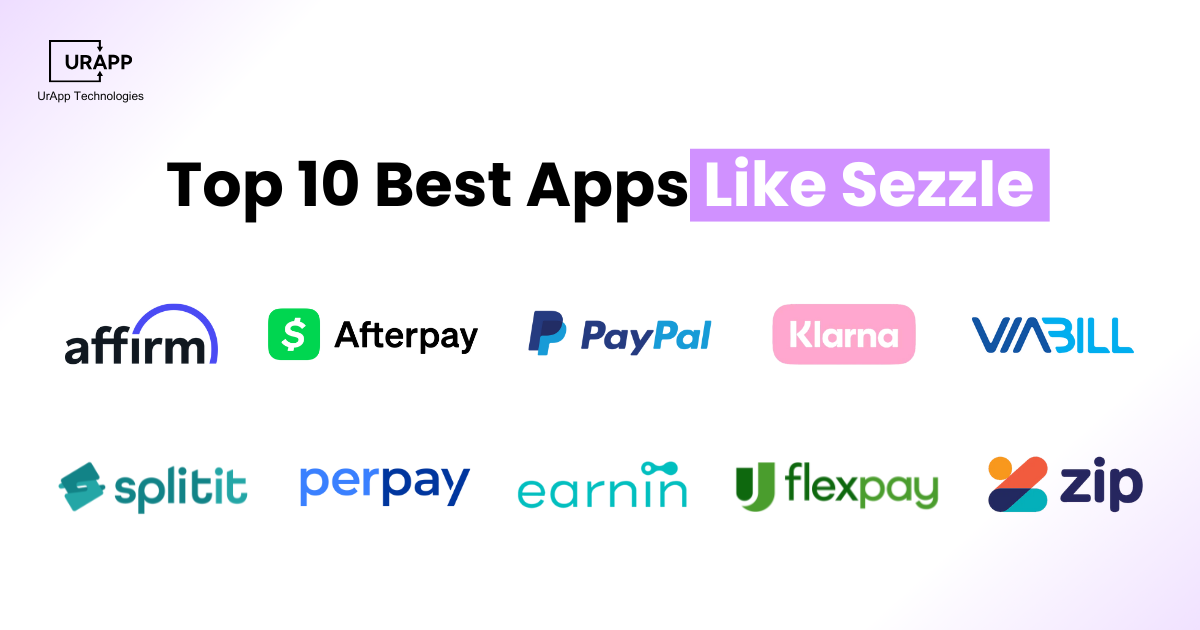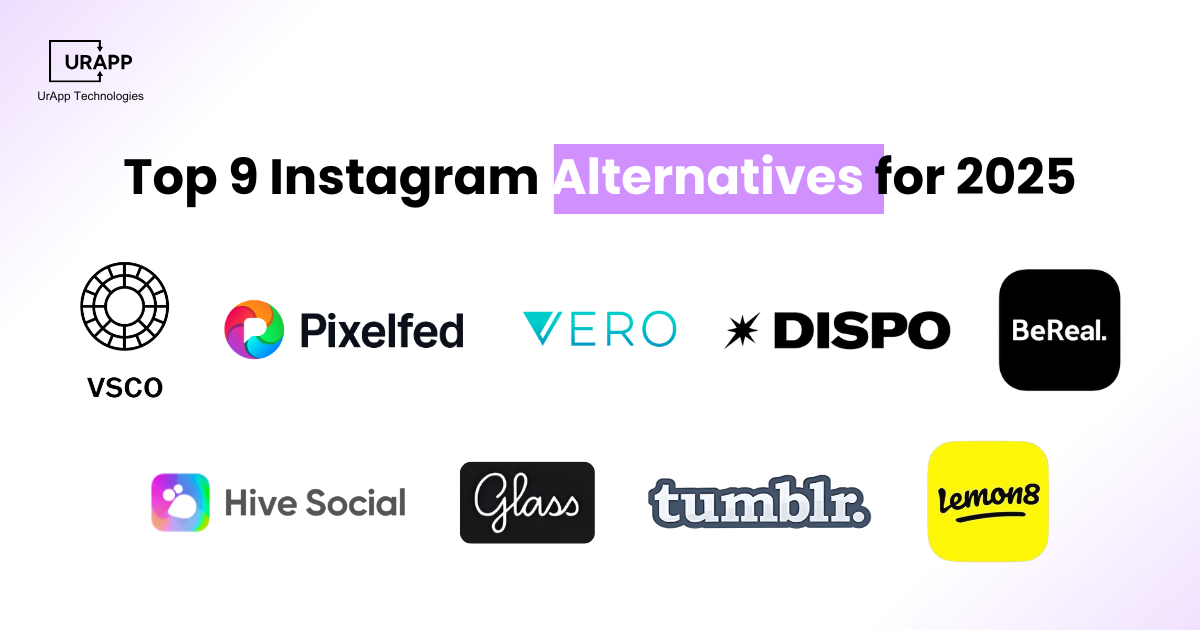Mobile App Monetization: Models, Platforms & Revenue 2025
What is App Monetization?
App monetization is the process of generating revenue from a mobile app, whether through direct payments, in-app purchases, advertisements, subscriptions, or sponsorships. The goal is to create steady revenue streams while maintaining an excellent user experience.
By 2025, mobile app revenue is expected to hit $613 billion, making monetization a critical aspect for developers and businesses. Choosing the right monetization model not only drives income but also influences app design, features, and user engagement.
Key Statistics on Mobile App Monetization in 2025
- The global mobile‑app market is projected to hit about $585 billion in revenue in 2025. (Udonis Mobile Marketing Agency, Business of Apps)
- In Q1 2025, global in‑app purchase (IAP) revenue across Google Play and Apple App Store reached $40 billion, up ~11% YoY. (Sensor Tower)
- IAPs are expected to make up approximately 65% of total mobile‑app revenue in 2025. (CoinLaw)
- By 2025, free‑to‑download apps continue to dominate the revenue share on Google Play and Apple App Store (exact % varies by region). (LLCBuddy)
App Monetization Models
App monetization models specify how apps make money using monetization strategies that guarantee consistent growth, user pleasure and longevity across various app revenue streams and engagement tactics.
Paid Apps
-
Users who want to download paid apps must first make a one-time transaction.
-
This type is appropriate for specialized applications with exceptional capabilities and productivity features.
-
It uses monetization strategies for apps that emphasize quality control and upfront value.
-
It guarantees developers are paid directly for their work and knowledge, even though it is less common these days.
In-app Purchases
In-app purchases allow users to buy additional features, digital goods, or upgrades inside the app.
-
There are two types of purchases
-
Consumable purchases like game coins
-
Non consumable ones like permanent unlocks.
-
About 48 percent of all app revenue streams come from this monetization model.
-
It supports free app access while providing flexible options for users to personalize their experience.
In-app Advertisement
-
Developers can generate cash by displaying ads within the app interface through advertisement within the app.
-
Banner advertisements, rewarded video commercials and native ads integrated into app designs are the three primary categories.
-
Brands and app publishers are connected by mobile ad networks, which run these adverts.
-
Because of its broad scalability and minimal entry barriers, it is one of the most widely used app monetization tactics.
The Freemium Model
-
On a free basis of the freemium model, core features are free, with premium features and services provided at a charge through optional upgrades.
-
It enables the users to create value prior to making a purchase, which enhances user engagement and retention.
-
This strategy is in line with the best practices in app monetization that is a balance of financial gain and usability.
-
Successful freemium apps frequently convert free users into subscribers via value upgrades and personalized features.
Subscription Model
-
The subscription model allows users to access premium services or content through monthly charges.
-
Popular examples are Spotify and Netflix, which rely on monthly user payments.
-
This approach guarantees steady revenue and devoted user bases while stronger app monetization tactics.
-
Through ongoing engagement and retention, it improves app ROI and revenue growth.
-
Subscription revenues are predicted to increase by 13.5% between 2021 and 2025, reaches 1.26 trillion USD worldwide.
Sponsorship Model
-
Apps and brands collaborate under the sponsorship model to promote each other's products.
-
For instance, a sports brand might sponsor workouts on a fitness app in order to generate income.
-
It uses innovative app monetization strategies that benefit the partner brand as well as the developer.
-
Sponsorships are most effective when brand values complement the goal of the app, as this builds user credibility and confidence.
Best App Monetization Platforms
Top app monetization systems assist developers to have a consistent income through reputable mobile advertisement networks. With the use of these platforms' ads management, data tracking and user engagement features, developers can maximize profits without cutting back on app performance or user experience. Every platform has special features that are appropriate for certain app types and objectives.
Google AdMob
- Google AdMob allows developers to easily integrate ads into both Android and iOS apps.
- It connects developers with advertisers worldwide, supporting rewarded, native, and interstitial ad formats.
- Its advanced analytics provide real-time performance data to help optimize ad revenue.
AppLovin MAX
- AppLovin MAX offers a single dashboard for developers to manage ads and monitor revenue.
- The platform supports real-time bidding, which increases competition and maximizes earnings.
- Developers can run A/B tests to determine which ad formats generate the best results.
Chartboost
- Chartboost is designed for mobile games and supports interstitial and video ads to generate consistent revenue.
- Its large advertiser network ensures that ads are relevant and engaging for users.
- The platform provides an easy setup and clear reporting tools to track performance.
Unity Ads
- Unity Ads integrates seamlessly with games, displaying playable and video ads without disrupting gameplay.
- Developers can use detailed insights to optimize ad placement according to user behavior.
- The platform ensures both higher revenue and a smooth user experience.
IronSource
- IronSource allows developers to manage multiple ad networks through a single mediation layer.
- It automatically selects the highest-paying ad source for each ad impression.
- The platform provides advanced analytics that help developers track trends and maintain consistent revenue.
Mobile App Monetization with UrApp Tech
UrApp Tech builds monetization-ready mobile apps that help businesses earn consistent revenue while improving user engagement and retention. Our focus on performance, scalability, and user experience ensures smooth operations under heavy traffic. Every app is structured with monetization strategies aligned with your goals and target audience preferences.
Build Your Revenue-Focused AppConclusion:
App developers must understand app monetization in order to guarantee continuous app growth and generate revenue as well as to user satisfaction. To sustain high levels of user engagement and generate steady revenue, apps use business techniques like in-app purchases, advertisements and subscriptions.
Developers can use popular platforms like IronSource and Google AdMob to track data, maximize revenue and provide a complete user experience. Software monetization best practices are essential for success because they preserve income stability, enhance software quality and increase user confidence using smart tactics. Effective monetization ensures business sustainability and keeps apps competitive in the fattest and competitive digital market through steady and reliable income.






